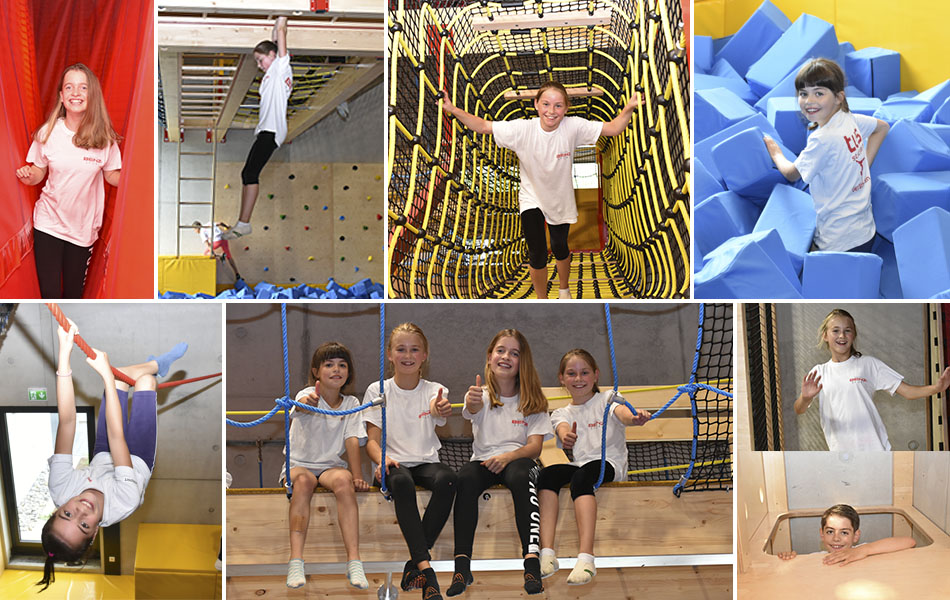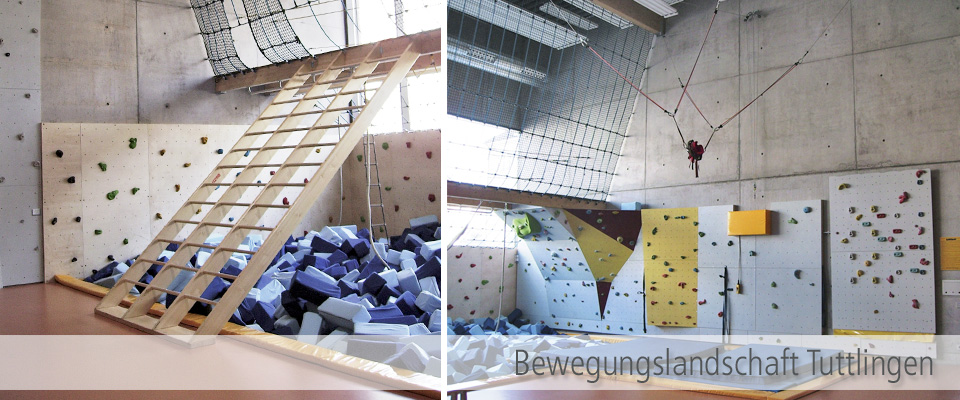MOTION LANDSCAPES
1. Future challenges for sports clubs1):
- Demographic change
- Change in values
- Changes in consumer behavior
- Changes in social behavior
1) See http://www.sportverein2020.de/
Sports clubs have to answer these questions:
- Are you seeing declining membership numbers?
- Are you affected by an increasing average age?
- Is it increasingly difficult to attract and retain young club members?
- Can volunteers and officials still be found?
- Is there a lack of attractive offers for certain target groups?
- Will sports grounds and sports facilities be closed in the surrounding area
- Do you feel competitive pressure from other sports and exercise providers?
Approaches:
- New forms of financing such as crowdfunding, charity shopping, PPP
- Networking in the community and cooperation with other institutions
- Social media usage
- Older volunteers
- Cultural diversity and integration
- New forms of offer:
- Midnight sports
- Cross-club courses and cooperations of clubs
- Non-sports activities
- Sports club center
- Movement landscapes
2. Benefit: For what reason does it make sense to offer a movement landscape?
- Attractive and extraordinary enrichment of the sports offer
- Opening up new target groups:
- Children (e.g. day care groups, children's birthdays)
- Company sports groups
- Seniors
- Groups with mental or physical disabilities
- Positive image and level of awareness of the association
- Acquisition of new club members
- Strengthening young talents
- Profit center" as a new / further source of income:
- Rental to groups
- Single rental
- Cross-selling": children in the movement landscape and parents doing sports
- Operator: associations, municipalities and / or commercial operators
3. What makes a landscape of movement so special:
- A movement landscape includes a variety of movement options that are not possible in the conventional sports halls
- The schnitzel pit (a pit made of foam blocks) is the central element of every movement landscape
- A movement level above the schnitzel pit forms a low-risk movement space at great heights
- Caution because of the natural fear with high levels of movement forces slow and controlled movements
- A competition trampoline with bungee longe enables complex figures in slow motion (also for athletes with special needs)
- Missing exercise instructions awaken self-initiative, strengthen self-confidence, a sense of responsibility towards yourself and towards others.
- The arrangement of certain climbing devices in connection with different levels of difficulty promotes athletic performance.
- The actual gymnastics exercise is not perceived as such.
- The different levels of difficulty of certain climbing routes inspire and arouse ambition
- Caregivers can, if necessary, create new incentives to move and initiate or intervene accordingly if certain basic rules are disregarded.

4. Recommended procedure for the realization of a movement landscape:
- Definition of the possible target group
- Creation of a rough concept, individually tailored to the needs of the operator (age structure of users, sporting skills, clubs, day care centers, etc.)
- Involve experts from the Baden-Württemberg Accidend Insurance Fund
- Include a sports equipment manufacturer already in building planning (raw construction)
- Precise planning of the shell, planning of mounting rails, electrical connections, lighting fixtures, ventilation, heating, air conditioning
- Construction-side static calculation of the installations of the movement landscape
- Procurement / tender
- Detailed planning of the movement landscape during the shell construction phase
- After completion of the shell, erect a scaffold provided by the customer
- Installation of the various systems of the movement landscape by the sports equipment manufacturer

